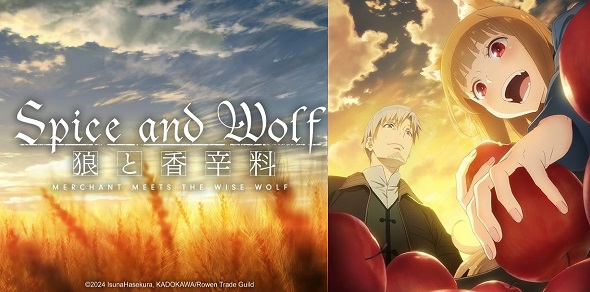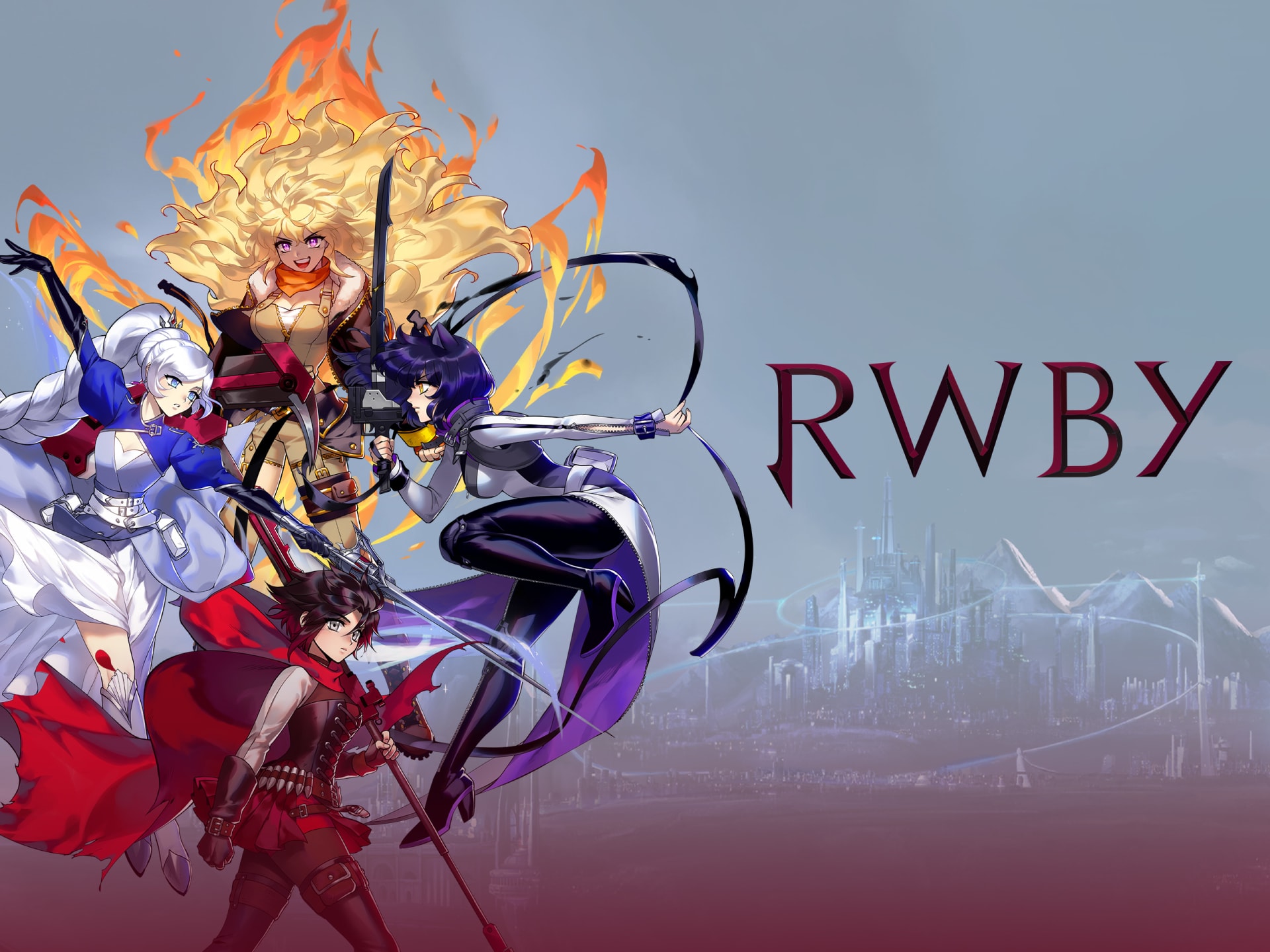Season Review: Disenchantment Season One: Part Two
“Bite my shiny metal axe!”
Disenchantment seems to be suffering from the same fate as Futurama did when it first premiered, it’s before it’s time. This show is genuinely clever, full of rich plots, and inventive. So, why is it not extremely, overbearingly popular? Much like when Futurama premiered its first season, everybody seems to be watching and enjoying, but nobody is talking about its brilliance. Matt Groening has undeniably knocked it out of the park once again. The humour is as sharp as you would expect from the Groening-verse, yet added to the serialized plots, Disenchantment is original and stands on its own. The second part to the first season helps the series find it’s footing, and despite some setbacks, it’s better than ever.
Part two picks up directly after the events of last year’s finale. For a recap on where we left off, you can follow this link. Our three main characters are divided, and the kingdom of Dreamland is in ruins- or, more accurately, frozen in stone. Bean, our young hero, is still under the romanticized spell of her mother, not realizing that she is the villain behind everything. Thankfully, suspicion takes over when she arrives at her mother’s homeland of Maru. Her aunt and uncle are pure evil, and not afraid of hiding it, which leads to Bean realizing the risk of her origins. Avoiding being sacrificed for the “great prophecy”, Bean manages to take hold of her life once again and reunites with her personal demon, Luci.
The lovable cheery Elfo also makes his return this season in what may have been the best episode of the season, “Stairway to Hell”. The adorable elf has to force god to banish him to Hell in hopes that his friends can bring him back to life. These are some of the most humorous moments that we have seen out of the show yet, and that’s all before we even get to see Hell. But, by the end of it all, the trio is reunited and are able to make their return to Dreamland.
The remainder of the episodes are mostly dealing with the aftermath of the finale of Part One. The impact of Dreamland’s citizens being frozen in stone has an impact across the lands. Bean and company are able to help things return to normal by saving the starving village of elves and finding a cure to a dangerous disease. Somehow this princess continues to be the saviour of so many things but consistently disrespected and misunderstood. This all comes to a head in the finale when Bean is put on trial and found guilty for an attack on her father. Thankfully, she is able to make an escape, but not without another cliff hanger to leave us licking our chops for another season.
Disenchantment has always been ambitious as far as animation goes. There are multiple kingdoms and cultures that have been explored and established within the inaugural ten episodes. The trend continued as Part Two has gone deeper into this world. There is a multitude of settings that are being explored, and nearly every episode takes us to a whole new place. Besides Maru making its first appearance, we also get illustrations of Heaven, Hell, and a Steampunk world. Beyond taking the challenge of creating these places within the series, an effort to make them unique and beautiful is evident. Maru is an excellent example of how the show will pay attention to dichotomy and culture within these new places. While Hell is the best look at how creative Disenchantment can get. Not only is the setting stunning to look at, but the concepts and themes portrayed are well thought out.
The world of Disenchantment takes on its own character, much like lovable shows like Adventure Time and Steven Universe. Futurama was a series that constantly explored new societies and cultures, but rarely would we be able to see them interact with one another the way that they do here. This series is building itself an entire system of politics, races, and history. There is no better explanation than saying that Disenchantment is what would come out if you made Game of Thrones into a humorous animation available for all age groups.
Still, despite all of these themes and the worldbuilding occurring, some things stay true to the Groening style that brought us here. The humour is very much in tune with what you would expect. Though this season steps away from the more cultural jokes that filled Part One. This year’s bout of episodes are more focused on the situation and the world around them. With that said, it is hard to ignore the similarities that some of these characters share with previous members of the Groening family. King Zog, voiced by John DiMaggio, has more than a couple of moments where his previous character Bender comes out. Particularly when he jumps out of a bush yelling “bite my shiny metal axe!” There is also Jerry, who dies early in the season, but I cannot help but consider him a Homer Simpson, if he had brain damage- well, further brain damage.
Discussing characters, it would be a shame not to mention the development of Princess Bean and her trusty companions. Where Part One was more about these friends coming together and learning about who they are as individuals, Part Two is more about the strength and value of their friendship. Bean particularly advances from her previous self. Once a lost soul, uncertain with what to do with herself, Bean has come into herself. Reminded early in the episodes of how many people she has actually brutally murdered, Bean displays a new level of confidence. She has taken on the role of a decisive leader, taking her friends on a multitude of journeys, culminating in her showing little to no fear during her execution at the conclusion. She is active, curious, and no longer taking what is told to her blindly. At one point she even confidently explores her sexuality, though it is done subtly. I have said it before, but I will proudly repeat it, Bean is an excellent example of how women should be portrayed in media. She is an everywoman, not swaying too much one way or the other when it comes to femininity and masculinity, she just is, as women are.
The one thing that is frustrating about Part Two is the lack of clarity when it comes to the mysteries. Just when you think one problem is going to reach a resolution, a thousand other things pop up, leaving us more confused than ever. The twist conclusion is just another example of how nothing in this story is absolute. For a world full of mysteries, it shouldn’t be expected that we would know everything that is going on. But, it would be nice to have some conclusions when it comes to specific events and characters.
No matter how you spin it, diving into the world of Disenchantment is a treat. As mentioned in the introduction of this article, I feel like the popularity of the show is not where it should be. Given some time, I think a lot of people will be hopping on board to talk about the brilliance that is this series. I just hope it’s not late like it was for Futurama. Though it worked out for that series which earned its revivals, we live in a different time, and streaming is a new ball game for entertainment. With The Simpsons heading to Netflix’s new rival, Disney+, it will be interesting to see what the future of Disenchantment will be. Regardless, we can only hope that we get a multitude of seasons that continue to flesh out these settings and characters. And, if you haven’t binge-watched this show already, then what are you doing reading this review. Disenchantment is a wonderful adventure that is perfect for the whole family, and especially for the nerds of animation and fantasy.



























Just cancel this bird already. The chicken is beyond cooked. It's burnt to a crisp.